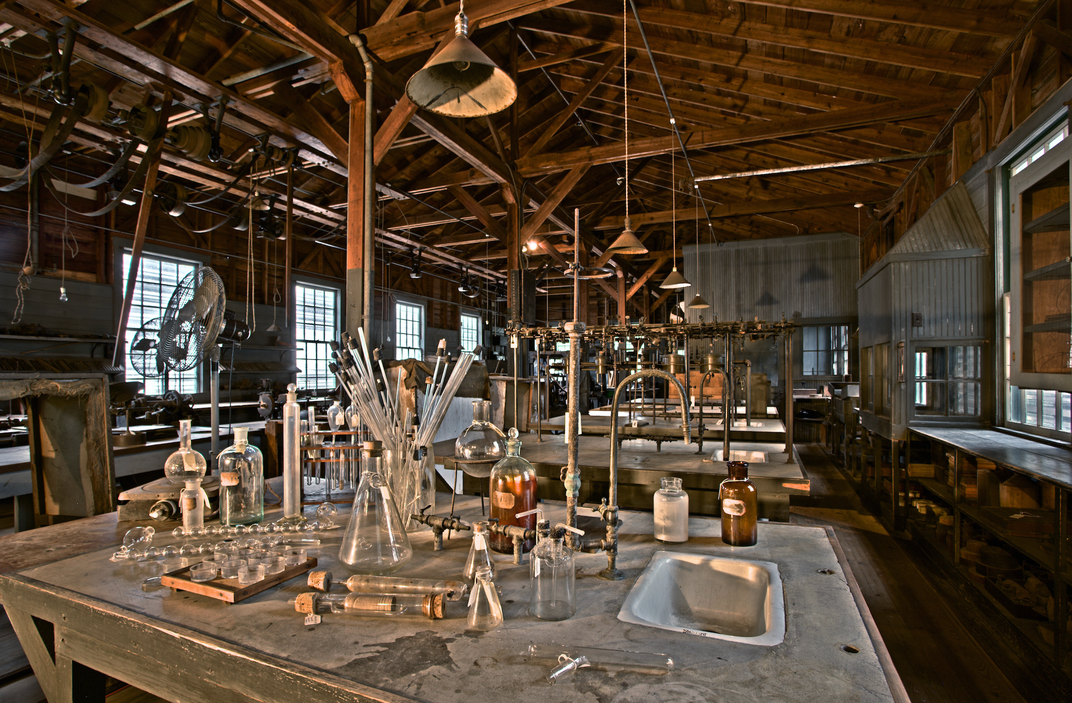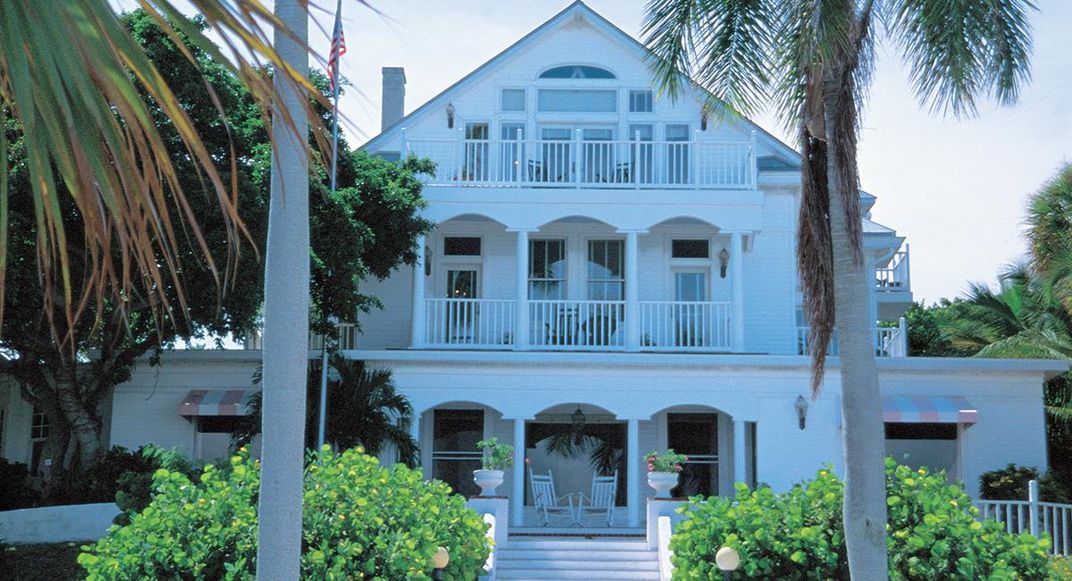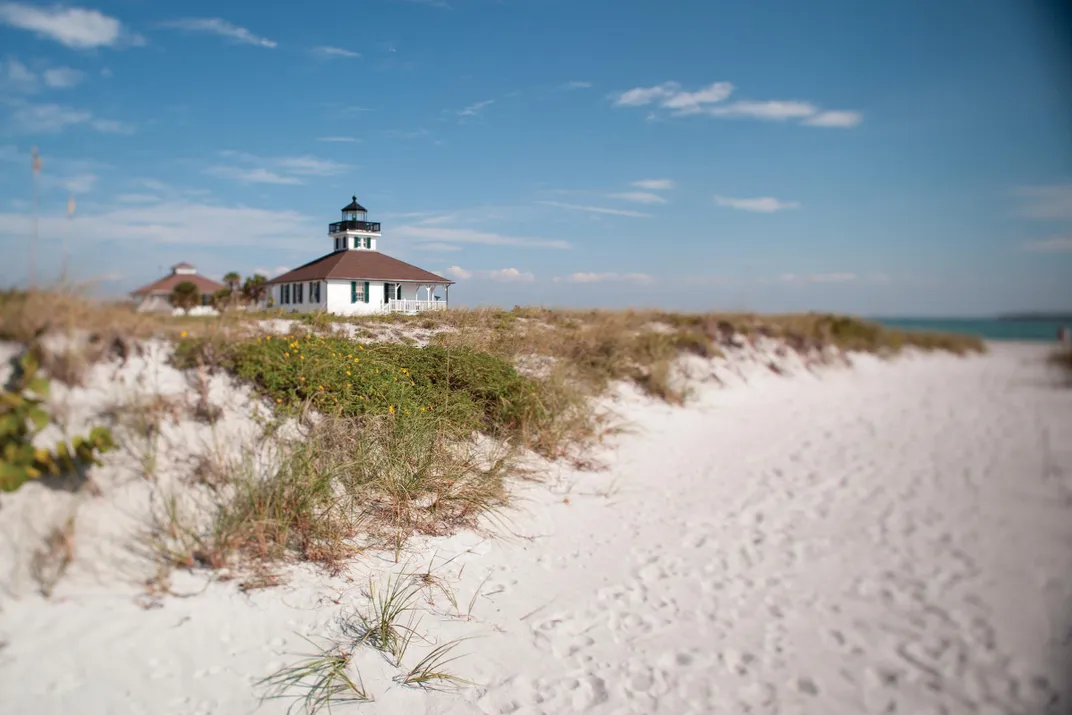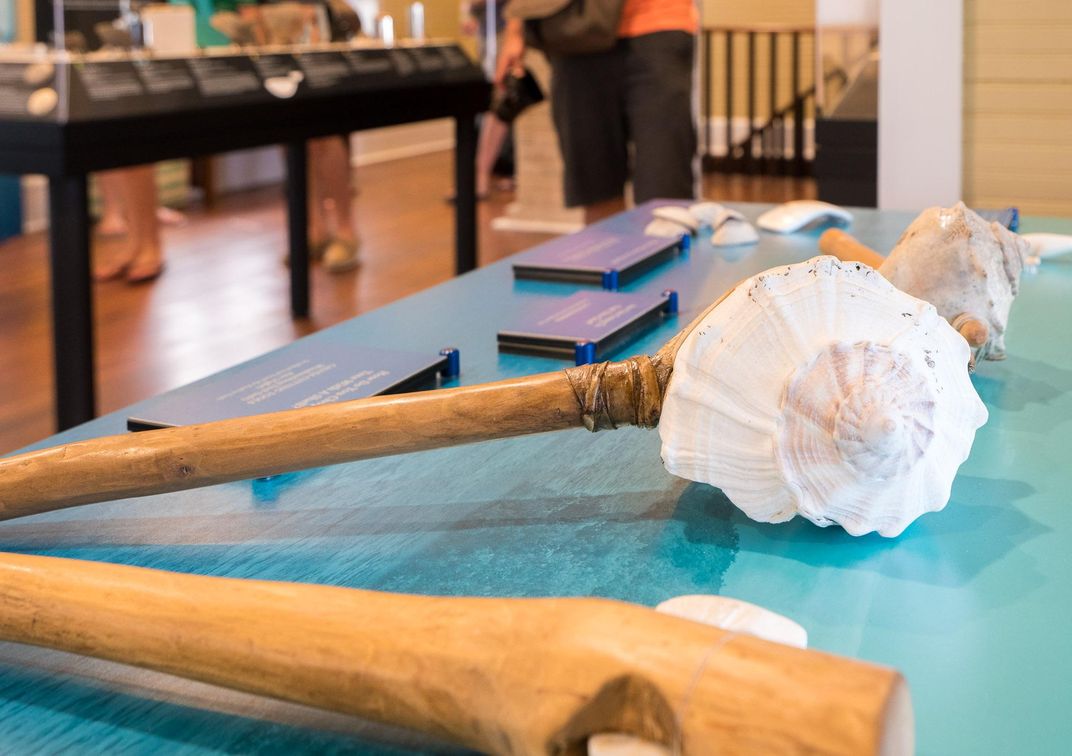It’s the feeling of warm sand beneath your toes, and the visual feast that is the turquoise, green of the ocean meeting the blue of the sky. It’s the taste of fresh seafood, locally caught and prepared, and the sound of birds in every color of the rainbow calling to each other as you explore their natural habitats. The gentle rocking of the boat that ferries you across calm waters to enjoy an afternoon at a historic estate where your only job is to enjoy the sunset.
Some call it an ‘a-ha’ moment, but for visitors to The Beaches of Fort Myers & Sanibel, it’s more like a light bulb that goes off the minute your vacation starts, letting you know that this is exactly where you’re supposed to be.
And to get your journey started, we’ve put together a list of must-visit historical sites on The Beaches of Fort Myers & Sanibel, where as the sun rises and the tide comes in, you’ll be fully transported to a place that has been inspiring its residents—and its visitors—for thousands of years.
Historic Downtown Fort Myers

In 1885, Thomas Edison, whose scientific research and experimentation paved the way for the gadgets and electric cars of our modern era, was in search of a break from northeastern winters. Finding himself in Fort Myers, he quickly realized the special magic of the area, and purchased 13 acres of land, upon which he built a Queen Anne-style estate that would become his winter residence for years to come. Today, visitors to Fort Myers can meander through Edison’s botanical gardens, tracing the path he walked—often side-by-side with neighbor and friend Henry Ford—as he contemplated the endless possibilities of science. The road where Edison’s home is located is lined with palm trees planted by the scientist himself, and at Ford’s house next door, visitors can get up close and personal with 1914 Model T, a 1917 Ford truck and a 1929 Model A.
It's not just Edison and Ford who left their mark on the downtown Fort Myers landscape, though—the area actually has the largest concentration of historic structures in all of Southwest Florida, like the National Register of Historic Places-listed Gilmer Heitman House, a Queen Anne revival house with a wraparound porch that is today a popular spot for weddings, and the Bradford Hotel, which in the early 1900s was the largest building in all of Fort Myers.
The Collier Inn

Useppa Island is a trip back in time for visitors exploring the historic Collier Inn, built in 1911. Once upon a time, the story goes, the waters surrounding the island were a popular destination for pirates, but today the most popular activity on the island is enjoying a delicious lunch of fresh-caught fish (and perhaps a refreshing specialty cocktail) at the Inn’s historic restaurant. While only members are allowed to stay the night, afternoon guests can catch a cruise to the island via Captiva Cruises and enjoy lunch or dinner at the Inn. After, visitors can stroll the grounds, admiring the green lawns and the cheerful white cottages home to some of the island’s few year-round residents.
Port Boca Grande Lighthouse

In this part of Florida visitors can delight in climbing the steps of the Port Boca Grande Lighthouse, the oldest structure on Gasparilla Island, and one that has been safely guiding sailors and fishermen in from the Gulf to shore since 1890.
Today, the lighthouse also operates as a museum, taking visitors on a journey through Gasparilla Island’s rich history. You’ll learn about the lighthouse keepers who called Port Boca Grande home, and about the local fishing operations that depended on the beacon of light to safely complete trips. In one part of the museum, you’ll also find an exhibit dedicated to fossils that have been found in the area—teeth from Columbian mammoths as large as a human head, as well as those teeth from ancient horses that galloped around the island until their extinction roughly 12,000 years ago.
Fish Houses in Pine Island Sound

Known for its artistic flair, Pine Island is one of Southwest Florida’s last authentic fishing villages. A quick trip westward across “The Fishingest Bridge in the U.S.” will give visitors the sense of traveling to a different era. On the other side, a sleepy, rural community with a rich history awaits.
In the early 20th century, multiple fish houses were constructed in Pine Island Sound. The houses, which were used primarily as residences for fishermen, also served a variety of functions from mooring skiffs, to drying and clearing nets and storing equipment. The structures were added to the National Register of Historic Places in the 1990s—today, visitors to Pine Island can catch a view of the structures by boat or kayak while out on the water and discover a glimpse of Old Florida.
Mound House

“Visitors are surprised by how far back the history of this area goes,” says Alison Giesen, director of the Mound House, a museum that brings together thousands of years of life on Fort Myers Beach. “It is an amazing story, to learn about all the inhabitants of the Mound starting with the Calusa Indians, the Cuban Ranchos and early settlers,” she says.
The museum is also home to an active archaeological dig, where objects and artifacts associated with the Calusa people, some of this area’s original inhabitants, are found and catalogued, creating a rich picture of Southwest Florida life as far back as 12,000 BC.
“The ‘Stories Beneath Our Feet’ exhibit,” says Giesen, “highlights a cut-away of the Calusa Shell Mound and describes what archaeologists uncovered during their research. Visitors get to walk into the shell mound and learn more about the Calusa people and their culture.” Mound House also offers tours by foot and by kayak, allowing each visitor to make their own discoveries at this remarkable historic landscape.
We all have different feelings about traveling right now. When you’re ready, we hope you feel safe, inspired and excited to join us on The Beaches of Fort Myers & Sanibel.


/https://tf-cmsv2-smithsonianmag-media.s3.amazonaws.com/filer/db/1f/db1f8332-3249-4ec6-ae71-3a65867e874b/home_in_edison_estates.jpg)